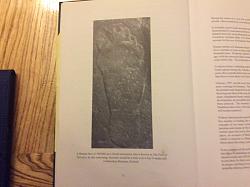Whose "pous" (Greek for foot) ? As this article...
https://en.wikipedia.org/wiki/Pous
indicates there were many versions, all of different lengths (reminiscent of the cubit confusion).
I love this quote from the article...
"Stecchini and others propose the Greek podes are different sizes because they are divided into different numbers of different sized daktylos to facilitate different calculations."
It's hard to construct a useful measurement system when you can adjust the units to fit the work.


 LinkBack URL
LinkBack URL About LinkBacks
About LinkBacks



 Reply With Quote
Reply With Quote



Bookmarks